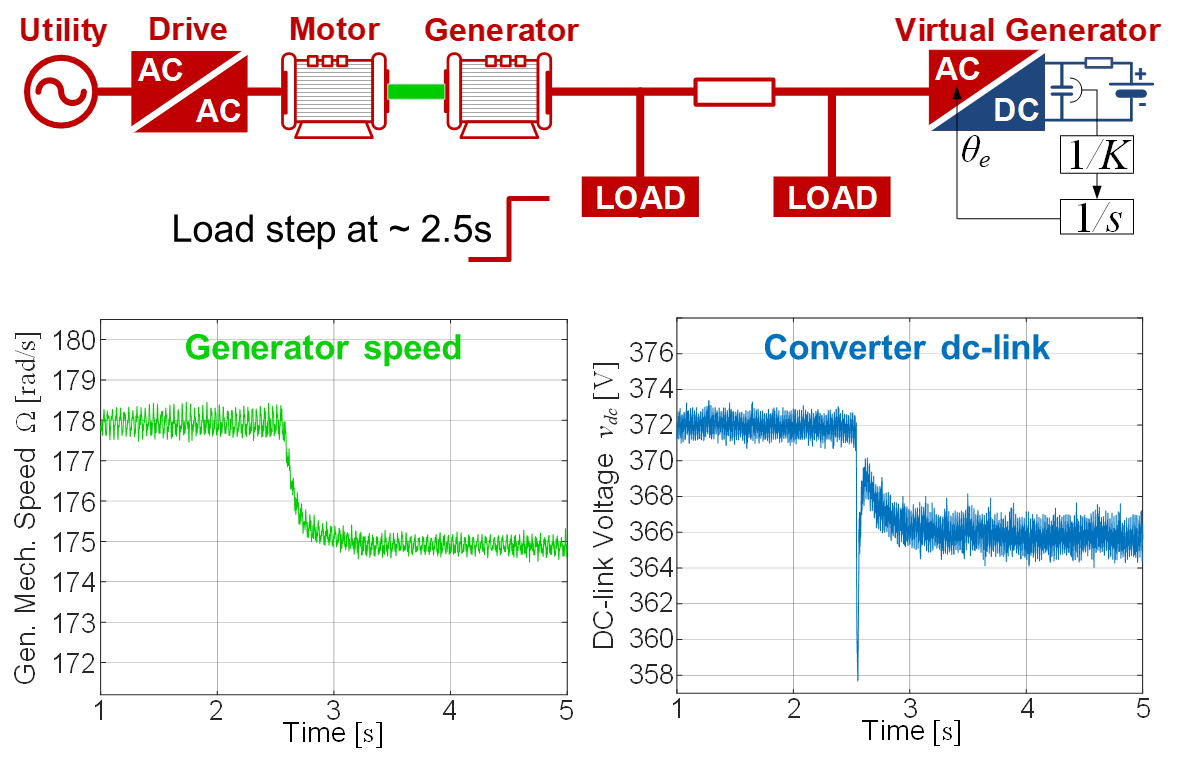
Fig. 1. Electronic generator testbed, seamless synchornization of an actual synchronous generator and a virtual (electronic) generator after the load step.
In order to enable higher growth of distributed generation into the grid, researchers have begun exploring unconventional ways of controlling grid-side power electronics. The goal is to make their presence in the grid nondisruptive, resulting in a high potential to enhance grid performance and a low potential to impair it. One way of achieving this is to control grid-interface converters as synchronous machines. This is a promising methodology for seamless, yet massive penetration of power electronics into the grid, owing to the mild properties associated with synchronous machines. Numerous researchers have given positive recognition to this concept since it offers a new, fresh look at control of the grid-interface converters, and gives promising results in suppressing system oscillations through virtual inertia, damping, seamless islanding, and self-synchronization. In general, a power electronics converter operating as a synchronous machine can, at the very minimum, perform all the tasks that the generator itself can. The goal is to explore how to advance this concept beyond the limits of the real synchronous machine.
This paper addresses synchronous machine emulation using a power electronics converter. It will demonstrate how converter synchronization can be achieved by measuring and integrating dc-link voltage, hence imitating an inherent feature of the synchronous machines related to self-synchronization. Using no other means of synchronization other than dc-link voltage integration, a system-level operation with two coupled componentsin this case an actual and a virtual synchronous machineis simulated and experimentally demonstrated, as shown in Fig. 1. Finally, a virtual inertia implementation method is proposed, and its capability to mitigate system-level instability is demonstrated in simulation.






















































































